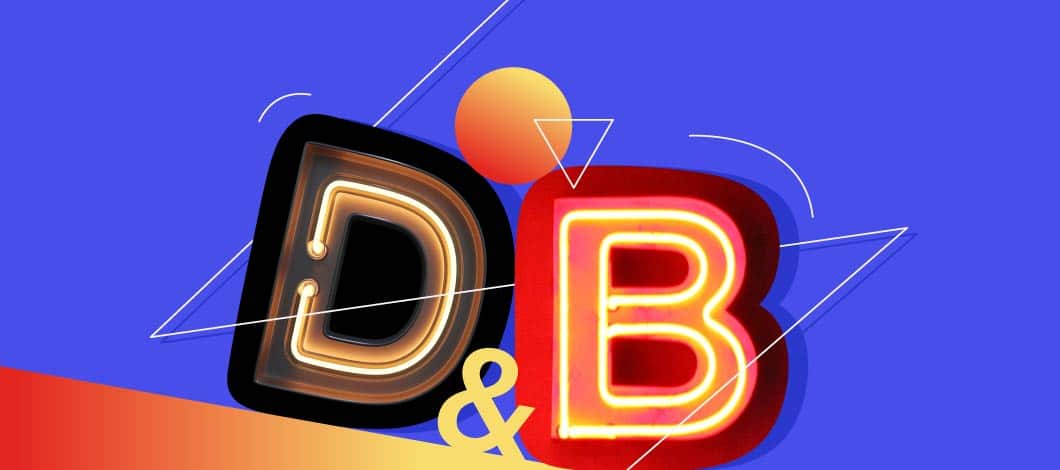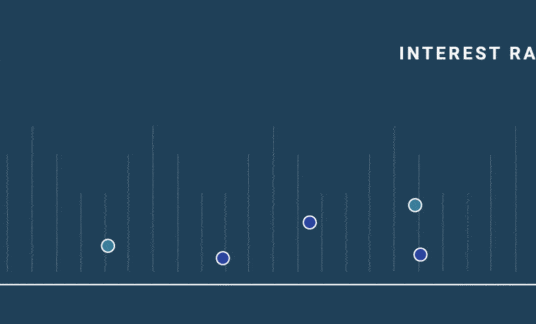Do you know your company’s Dun & Bradstreet rating? You should.
Known as the D&B Rating, it affects the terms and conditions of relations with outside parties, and it determines the cost of any loans made to the business.
The information contained in a Dun & Bradstreet report also can make the difference between being awarded a work contract or not. Here’s our Dun & Bradstreet rating guide, complete with everything you need to know about the popular business scoring model.
What Is a Dun & Bradstreet Rating?
A D&B Rating is an overall evaluation of the financial strength and creditworthiness of a company.
The Rating is based on information in the company’s financial statements that have been furnished to Dun & Bradstreet. It has data about a business’s payment history, a comparison of a company’s standing within the industry and an evaluation of the company’s financial stability.
These ratings are divided into two parts: a rating classification and the composite credit appraisal.
D&B Rating Classification
Businesses that have supplied current financial statements to Dun & Bradstreet are assigned a rating classification. (D&B doesn’t assign a rating classification to companies that haven’t provided financial statements.)
A rating classification indicates the financial strength of a company based on its net worth or equity position. It is a combination of letters and numbers. At the high end, a 5A rating indicates a company with a net worth of more than $50 million, while an HH rating at the low end represents a company with a net worth less than $5,000.
Dun & Bradstreet Rating Scale
| Rating Classification | Net Worth (USD) |
| 5A | $50,000,000 and Over |
| 4A | $10,000,000 to $49,999,999 |
| 3A | $1,000,000 to $9,999,999 |
| 2A | $750,000 to $999,999 |
| 1A | $500,000 to $749,999 |
| BA | $300,000 to $499,999 |
| BB | $200,000 to $299,999 |
| CB | $125,000 to $199,999 |
| CC | $75,000 to $124,999 |
| DC | $50,000 to $74,999 |
| DD | $35,000 to $49,999 |
| EE | $20,000 to $34,999 |
| FF | $10,000 to $19,999 |
| GG | $5,000 to $9,999 |
| HH | Up to $4,999 |
D&B Composite Credit Appraisal
The Composite Credit Appraisal part of the Dun & Bradstreet rating system represents a company’s overall creditworthiness. This score is based on a company’s payment history, years in business, public records, number of employees and financial information. It ranges from 1 to 4.
The most creditworthy businesses have a score of 1. A company that doesn’t give financial information to D&B can’t have a score higher than 2.
Dun & Bradstreet Rating Scale: Composite Credit Appraisal
| Composite Credit Appraisal | Net Worth (USD) | Condition |
| 1 | Low risk | High credit |
| 2 | Good risk | Good credit |
| 3 | Fair risk | Fair credit |
| 4 | High risk | Limited credit |
| – | Insufficient info. to assess risk level | Undetermined |












